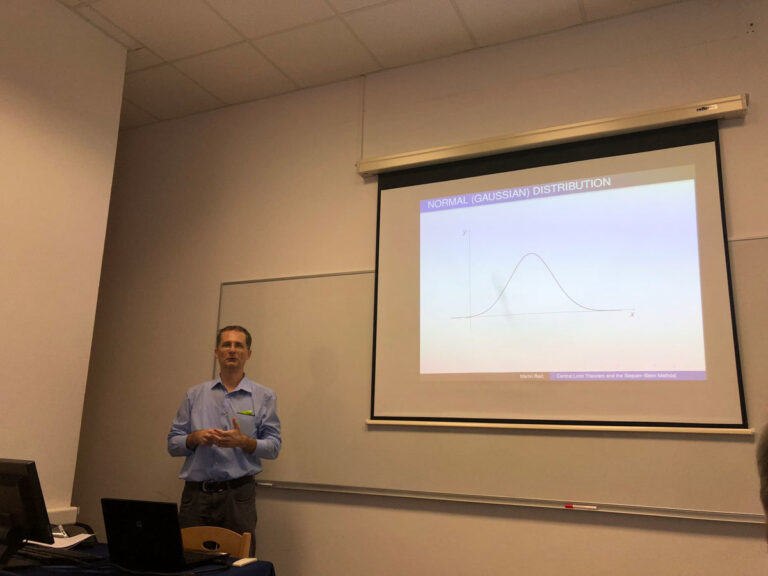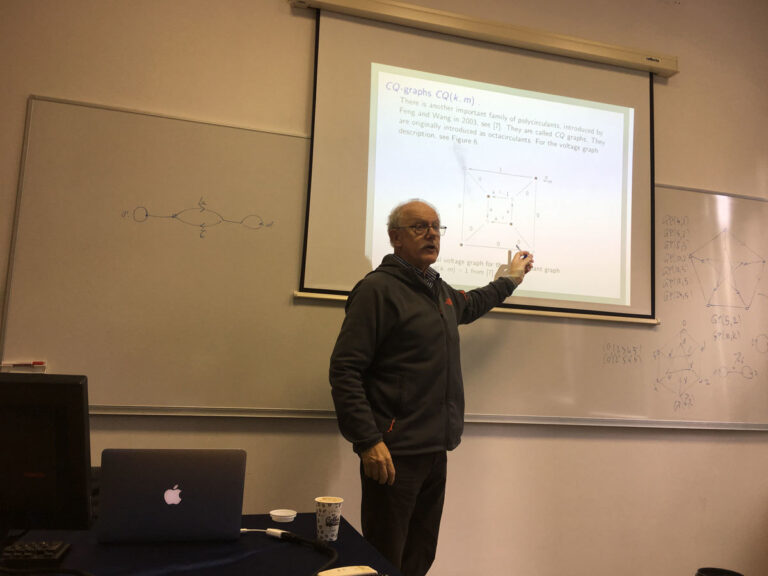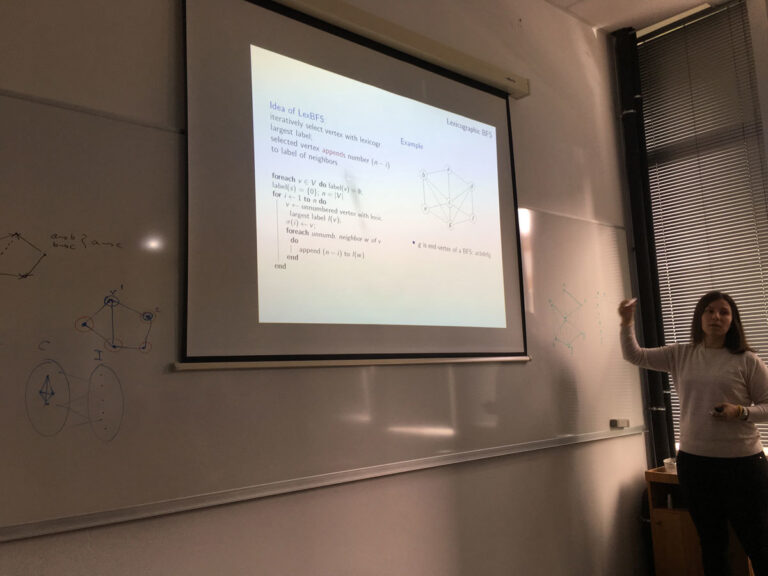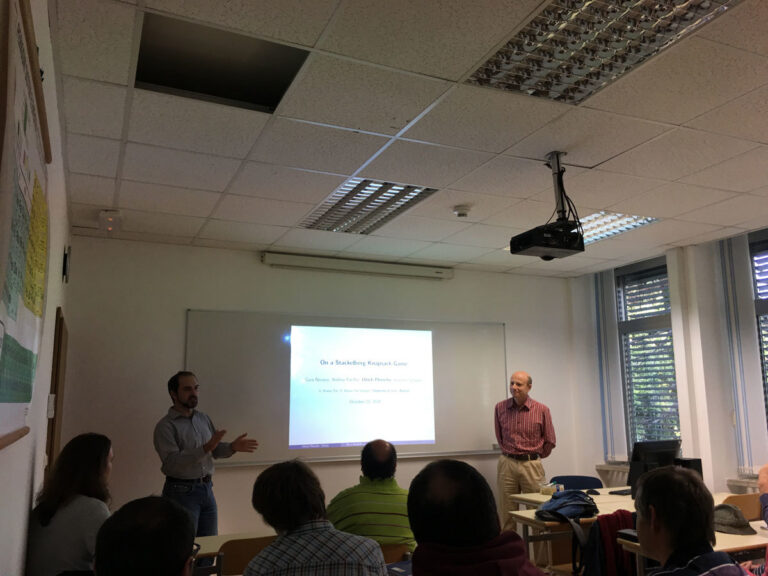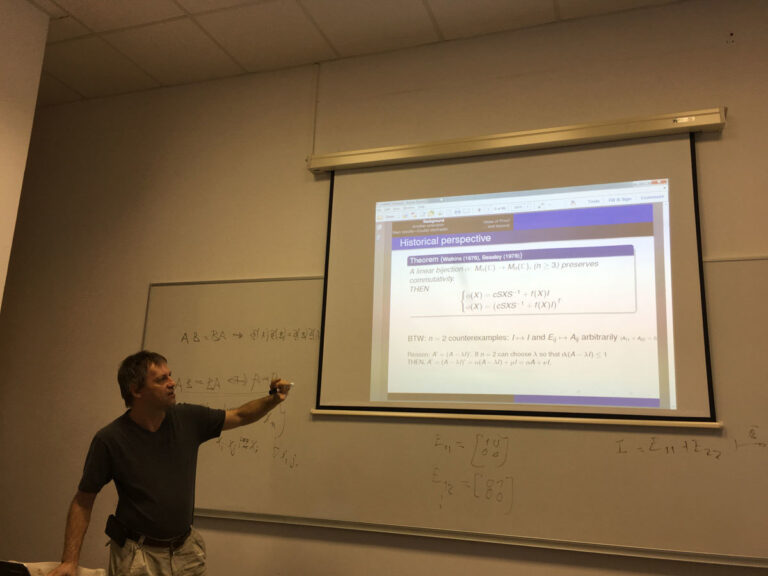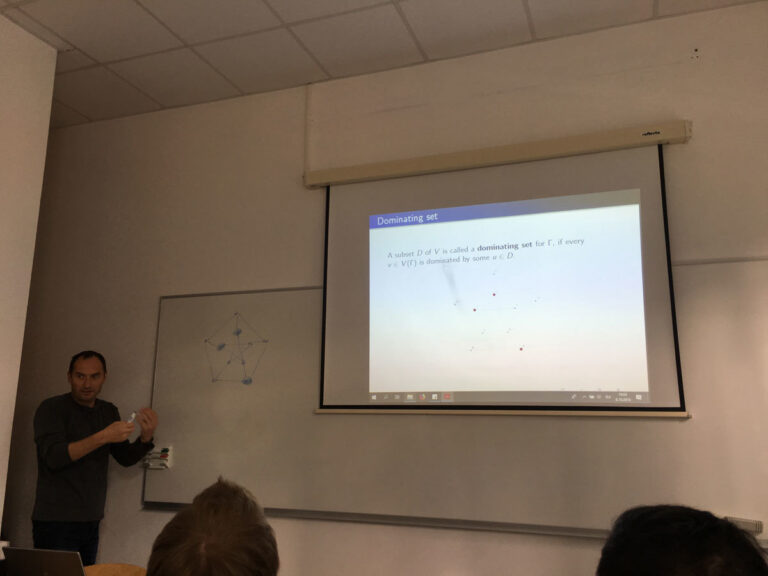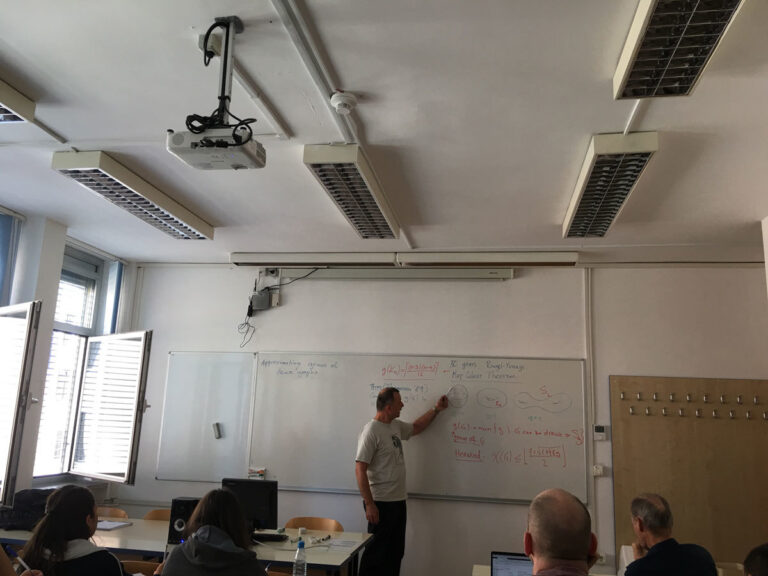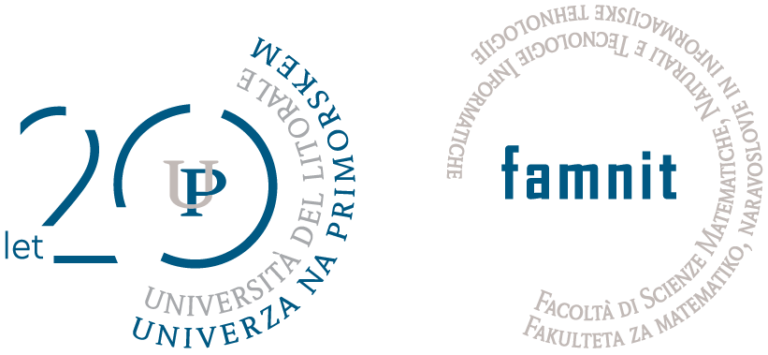On Automorphisms of Haar graphs of Abelian Groups

2018-11-19 10:00-11:00 FAMNIT-MP7 (formerly FAMNIT-POŠTA) Ted Dobson (University of Primorska) On Automorphisms of Haar graphs of Abelian Groups Let G be a group and S\subseteq G. A Haar graph of G with connection set S has vertex set \Z_2\times G…


